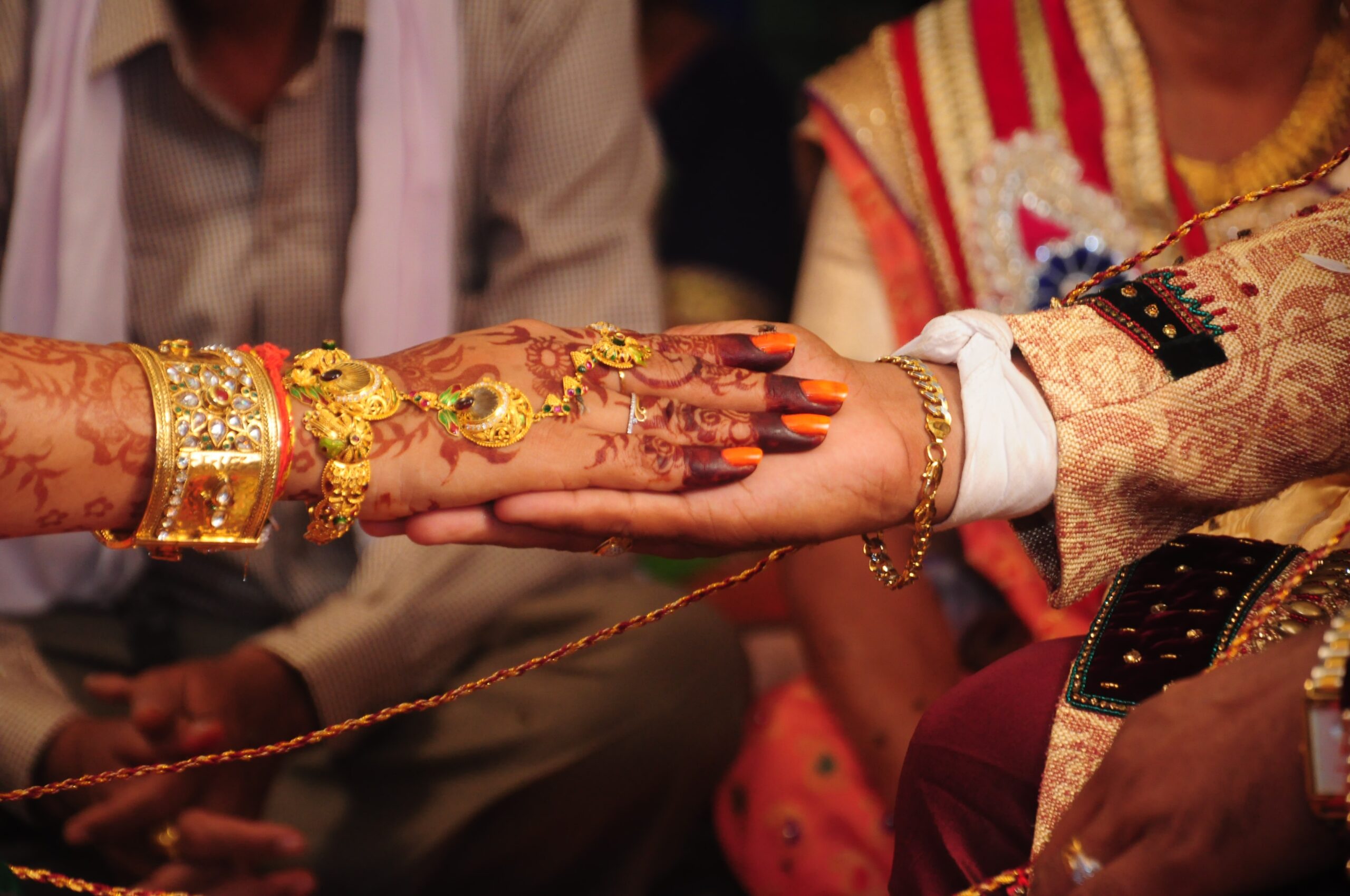In the previous article we have explored how Kammas are divided into different sub-sects based on their economic status and financial strength. Let us now analyse how they are divided based on their lifestyle, marriage rituals, and traditions. The British census 1981 mentioned that there are around 9 categories of Kammas that include Pedda Kamma, Godachatu Kamma, Illuvellani Kamma, Bangaru Kamma, Vaduga Kamma, Kavali Kamma, Gandikota Kamma, Gampa Kamma, and Macha Kamma. Nevertheless, the later two categories ceased to exist today. The census further illustrated that all the categories doesn’t have an equal geographic spread and one category is majorly confined to one area. For instance, Bangaru Kamma were found in North Arcot (Tamilnadu) and Vaduga Kamma in Coimbatore region (Tamilnadu). The first three divisions were predominantly found in Krishna, Guntur, and Anantapuram districts.
Gampa Kammas: Historians say this classification emerged from a marriage ritual where the bride is brought to the dais in a basket (gampa). Thus the name ‘Gampa Kammas’. There is another version that says Gampa Kammas are China Kammas and Goda Chatu Kammas are Pedda Kammas
Goda Chatu Kammas: ‘Chatu’ denotes hiding place. Though the exact reason behind this name is not known, as per the historians, Kammas those who didn’t expose their women and followed gosha system were said to have gained this name.
Illu vellani (Illu Vedalani) Kammas: As the name signifies those Kamma women who were not habituated to go out or to fields gained this name. Technically, both Goda Chatu Kammas and Illu Vellani Kammas seem to belong to Pedda Kammas as their living habits manifest the lifestyle of Pedda Kammas.
Edama Paita Kamma or Kudi Paita Kamma: The Telugu word ‘paita’ is derived from ‘Payi-eda which means the upper part of the chest. The part of the saree used to cover ‘pai-eda’ has over a period of time gained the name ‘paita’ or ‘paita-kongu. Those Kammas who were habituated to put this paita-kongu on the right side of upper chest were called ‘Kudi Paita Kamma’ and those who put it on the left hand side were called ‘Edama-Paita Kamma’.
Also there were some sects categorized on the habits of carrying water. This segmentation is found in Godavari districts. Conventionally, there were common resources for water in villages i.e. channels or tanks or pumps. Those Kammas who used to carry water in Kavidis (Kavidi, a specially shaped piece of wood (stick) that has the arrangement to carry water in pots on either side) are called Kavidi Kammas. Other sects in this category were Gudas, Eredis, Uggams, and Rachas. Eredis used to carry water on pack bullock, Uggams with pots in hand; racha kammas involving two persons to carry one pot. Also there are Kammas who carried pots on Water or on shoulder. Kamma Brides




